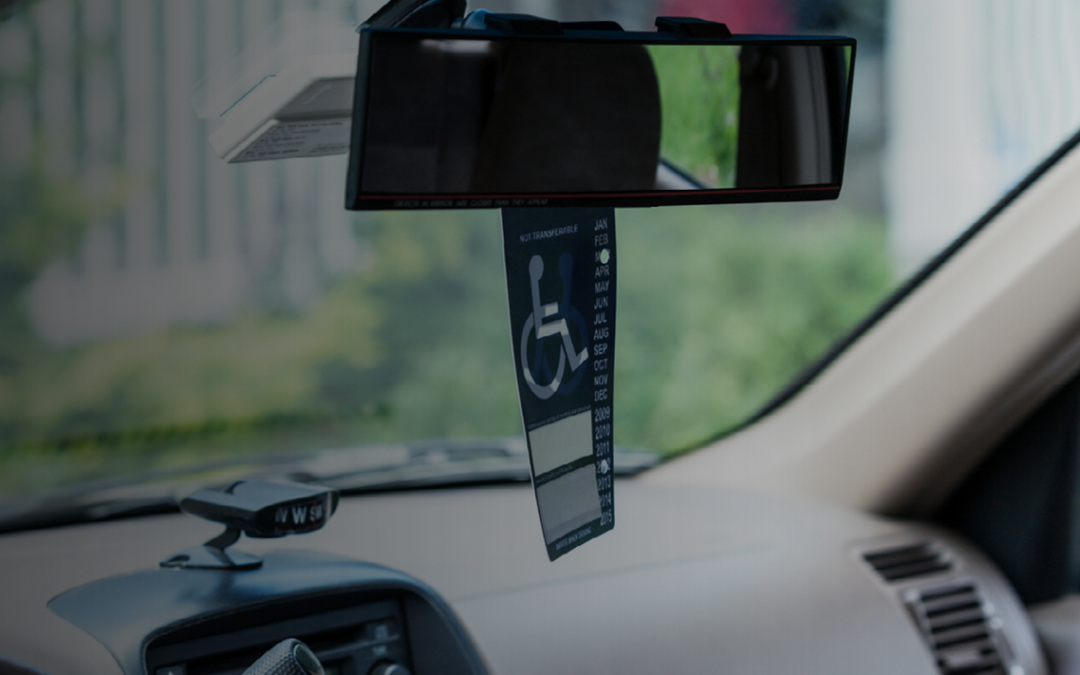Caution with CAD Terminology
Category: Law Enforcement
Gordon Graham here with Today’s Tip from Lexipol. And Today’s Tip deals with using caution with your terminology in your computer aided dispatch, or CAD system.
And that’s where the problem comes in. There is no standardized criteria for such an entry into the CAD system.
Today’s Tip was suggested by Detective from a Police Department here in California.
CAD systems were first introduced to law enforcement agencies in the mid-1980’s, as I recall. The CAD is a great tool that I’m sure has saved lives. The history of calls for service at a particular location are stored in the system. Alerts that notify personnel of weapons at a location; or previous calls of domestic violence; or previous arrests for assault on a police officer or resisting arrest is valuable officer-safety information.
But what about a CAD entry that identifies a location as “anti-law enforcement.” I have heard telecommunicators and officers use this term in relation to a call for service, usually followed by “minimum three unit response.” But let’s look at this for a second. How did this entry get into the system. Did someone smart off to an officer at a previous call? Did someone disagree with how a call was handled? Did someone there file a complaint against an officer? Did they not “fully cooperate?” Who knows? And that’s where the problem comes in. There is no standardized criteria for such an entry into the CAD system.
And what about the term itself? It could come back to haunt you during litigation following an allegation of a use of excessive force. With the increased transparency in law enforcement services, don’t be surprised if someone makes a public information request of all of the “anti-law enforcement” locations in your jurisdiction. How do you think that information will go over when it is published in tomorrow’s paper? Bottom line, if your agency engages in this practice, you may want to reconsider.
And that is Today’s Tip from Lexipol. Gordon Graham signing off.





